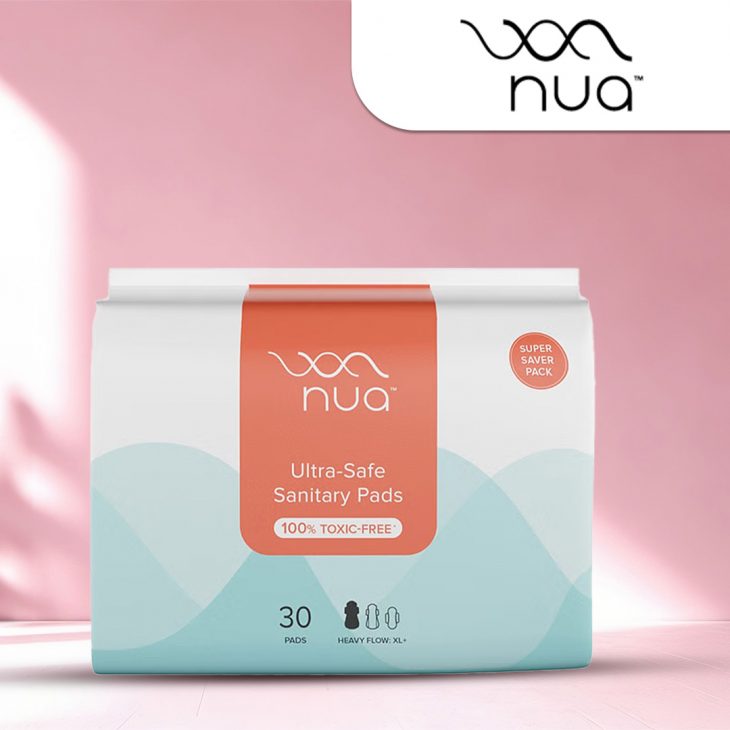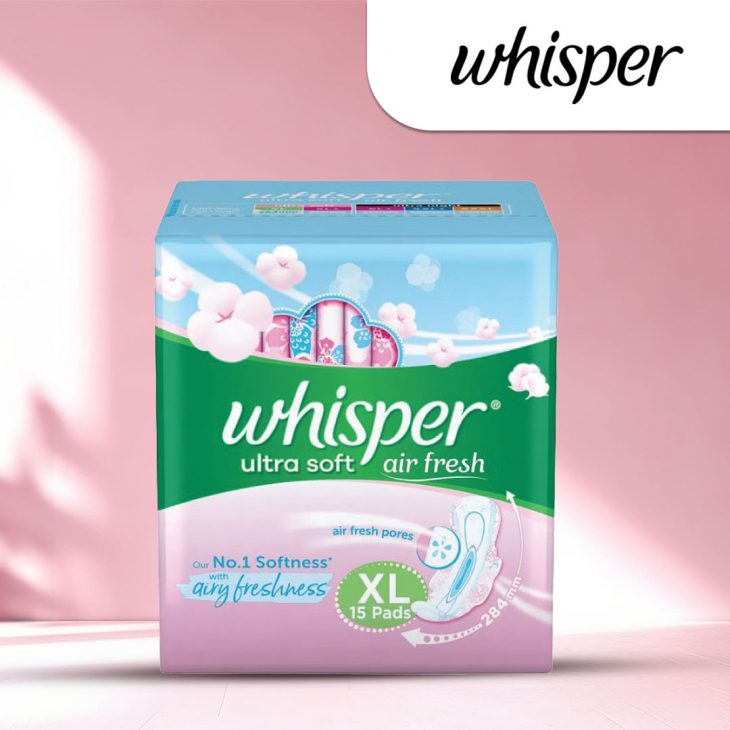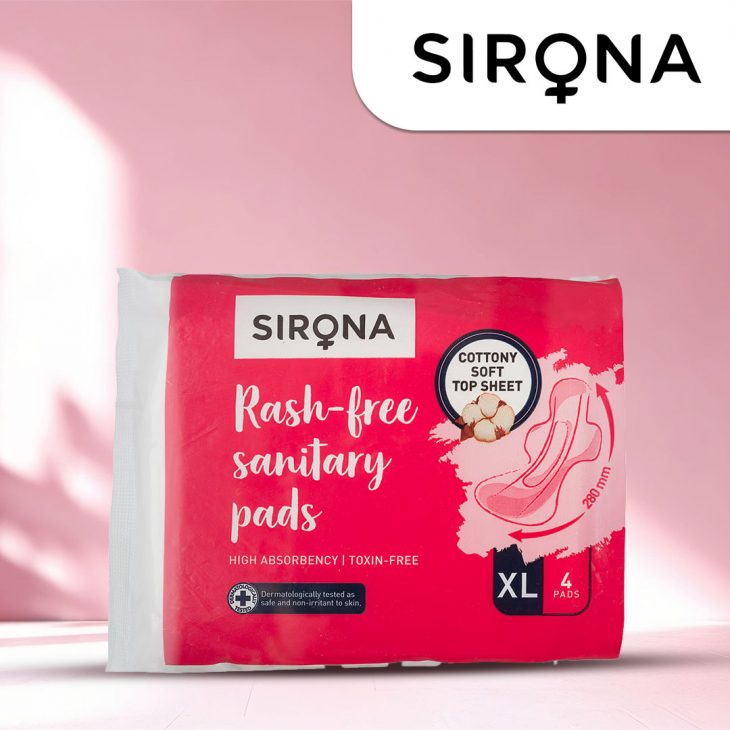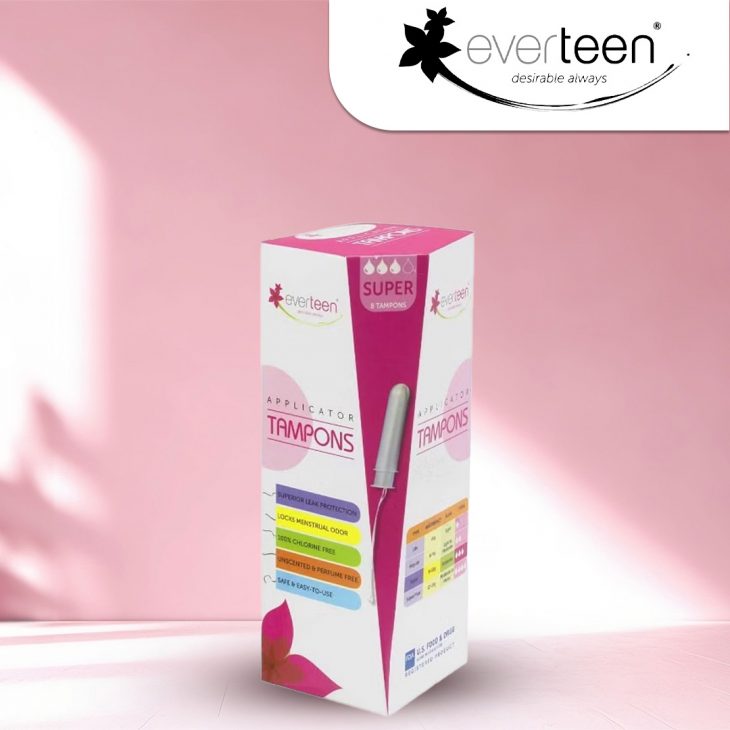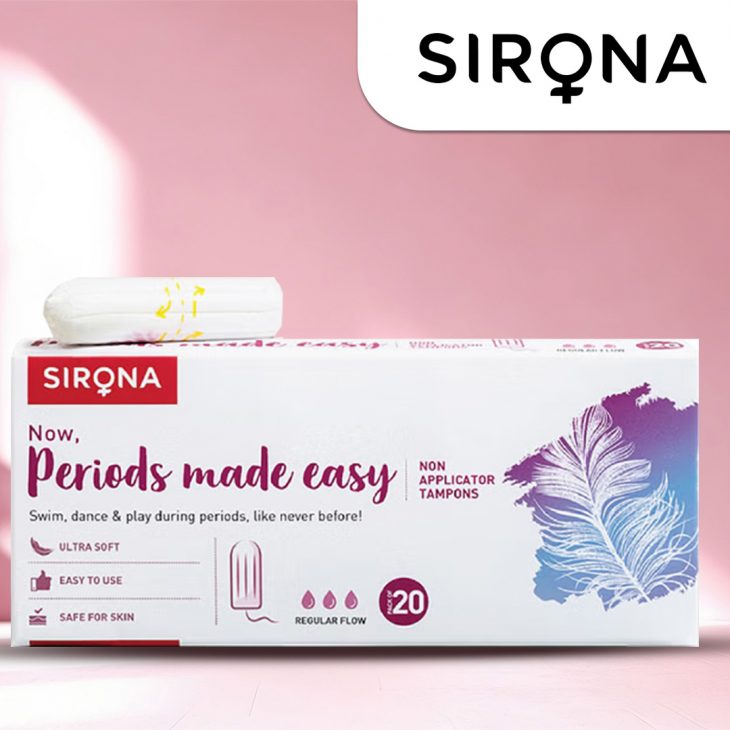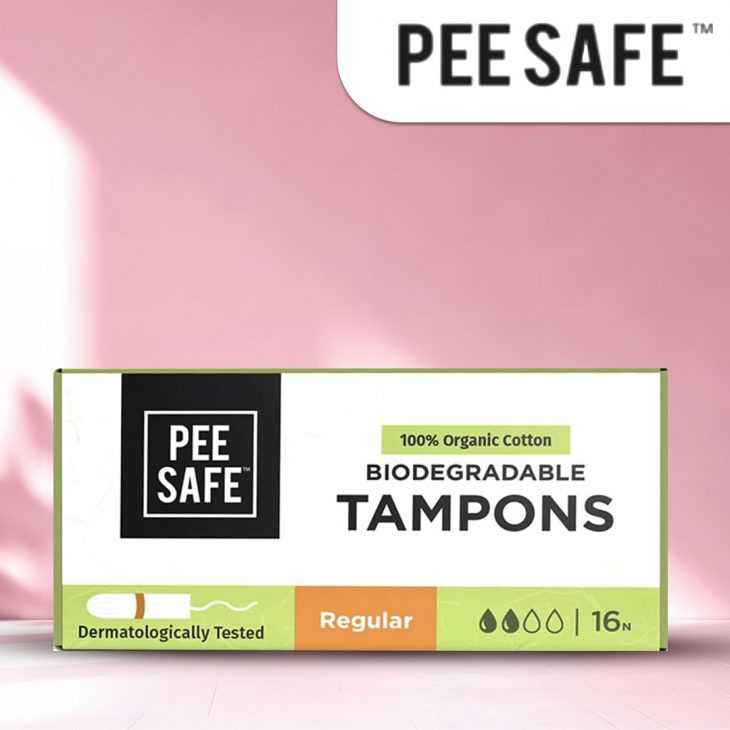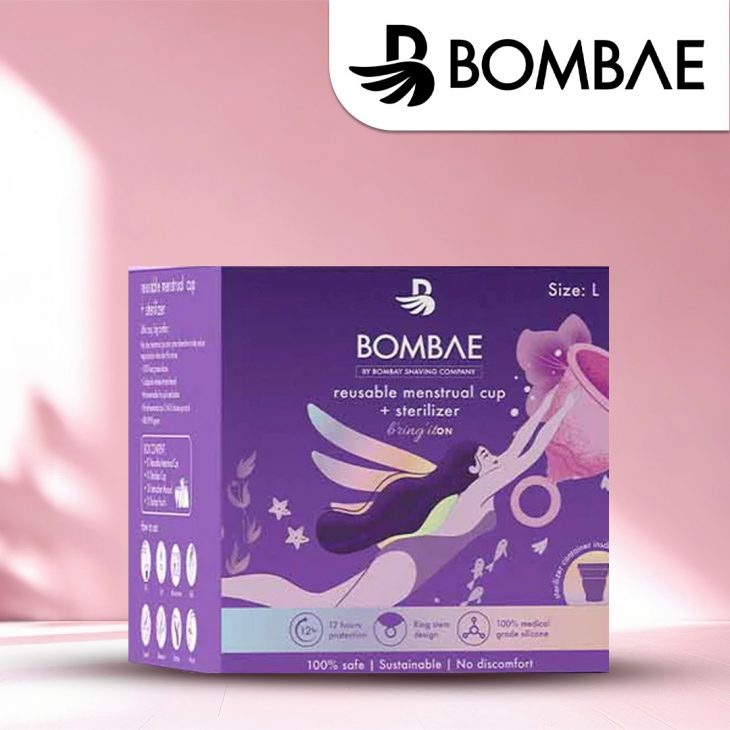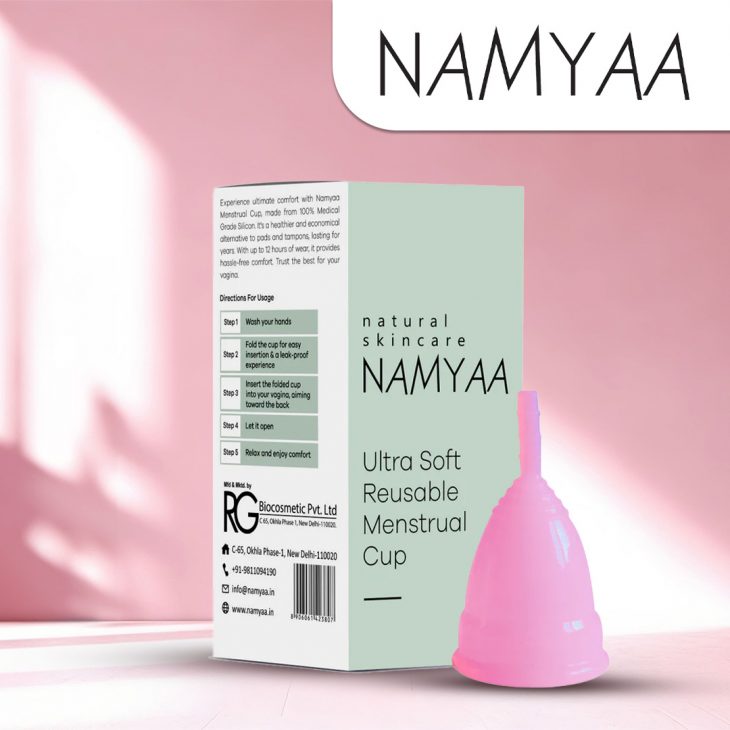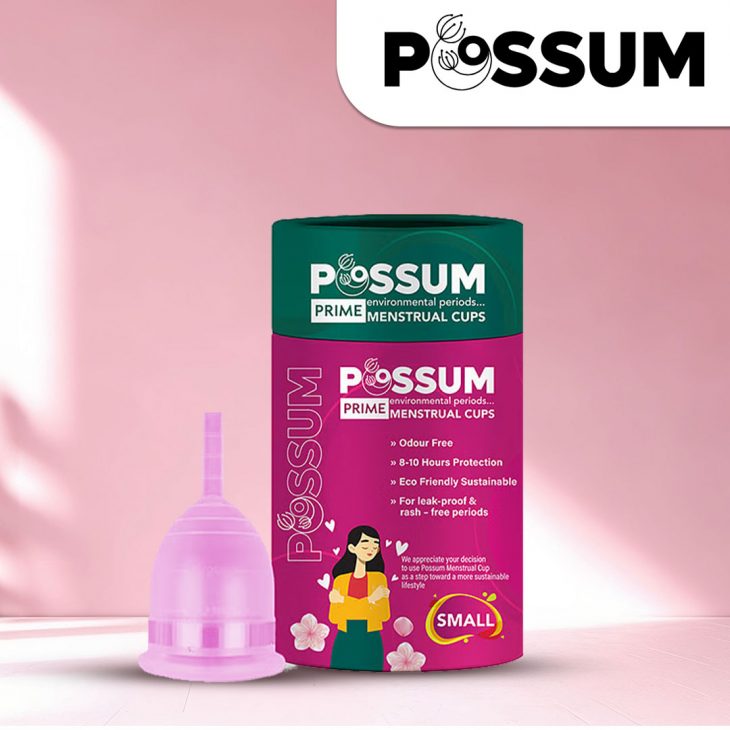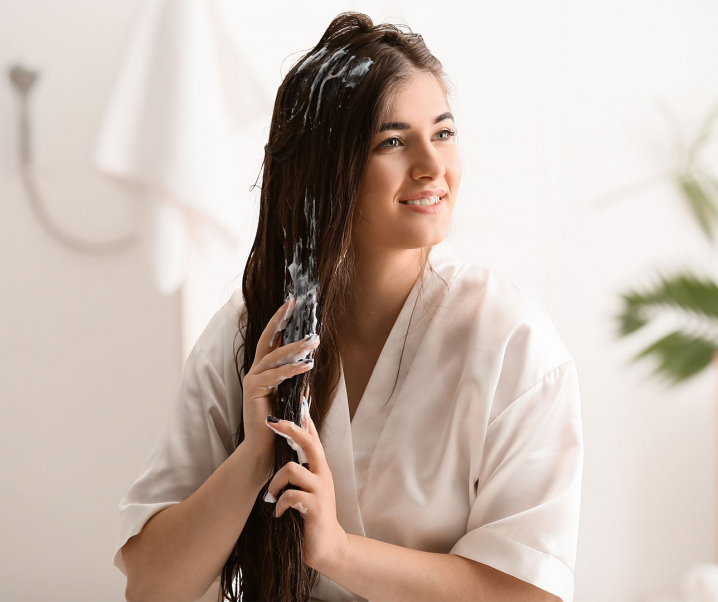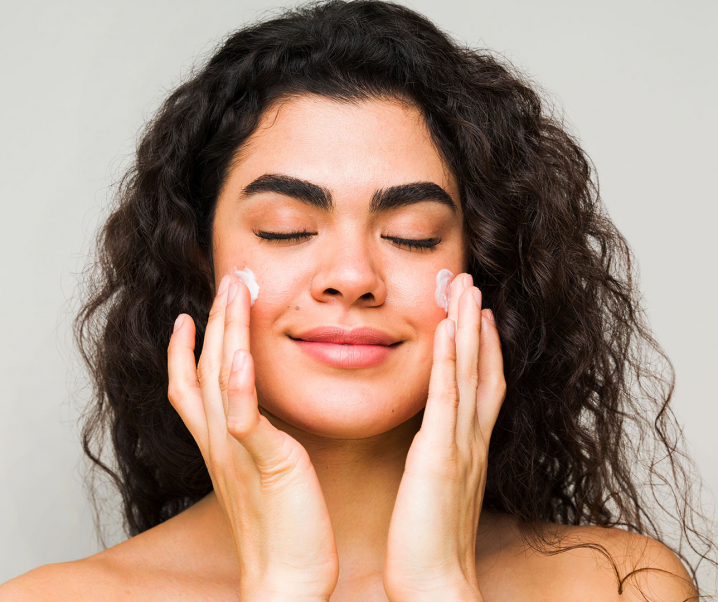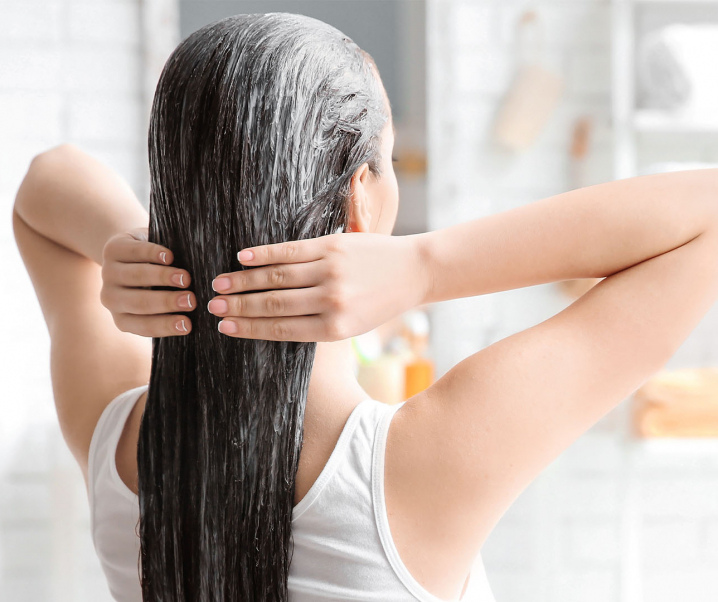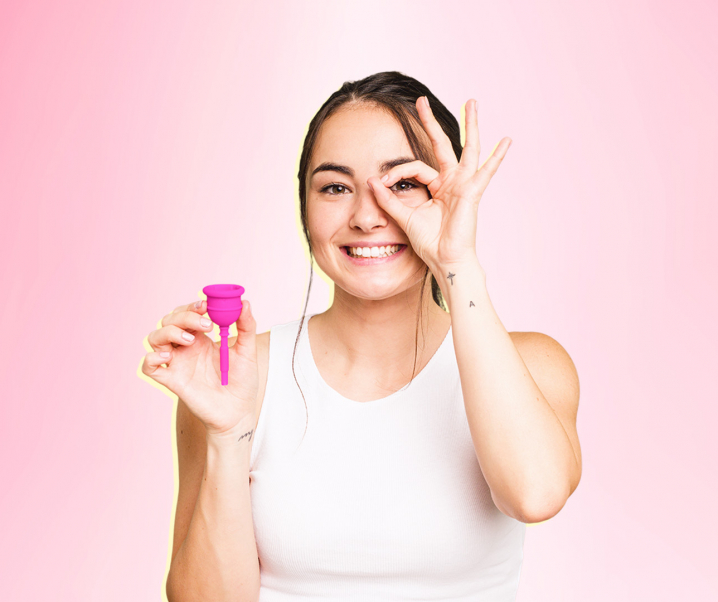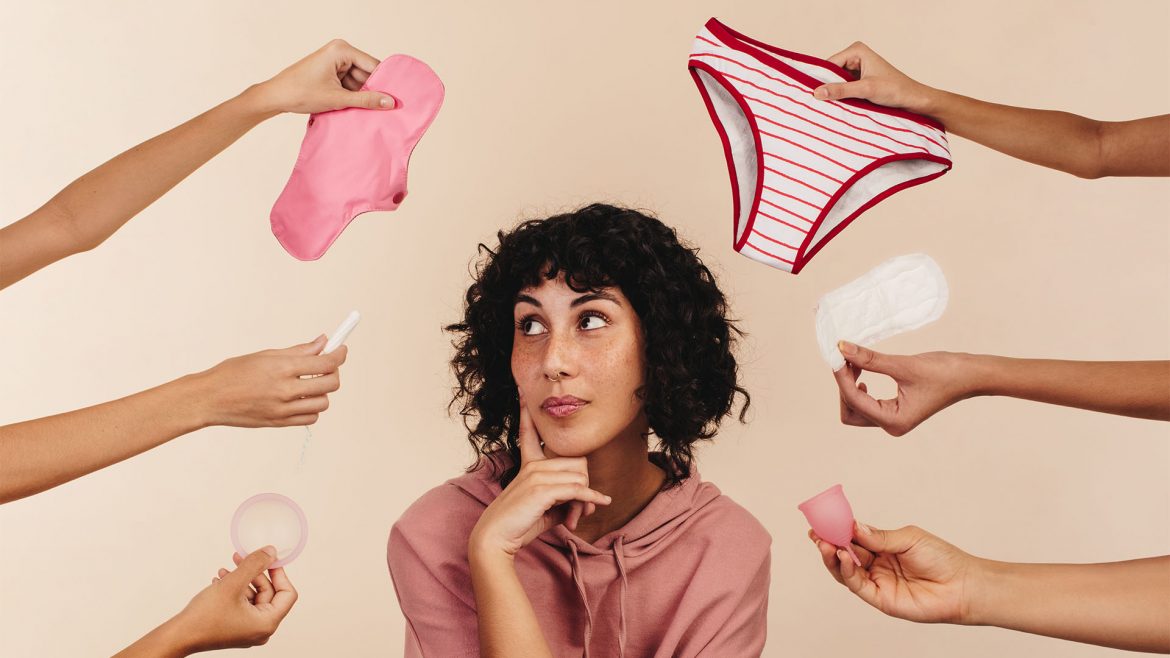
Oh, so it’s that time of the month—-chums, the flow, menses. Let’s just call it what it is: period. This is a difficult time to navigate as is with the cramps, the stains and the hormones all out of order. Add to this the endless list of period care products and confusion enters the chat. Tampons vs pads vs menstrual cups, what to choose, where to start? Are tampons better than pads? What are the differences between tampons and menstrual cups? If you find your mind flooded with these questions, you’ve come to the right place.
Understanding pads
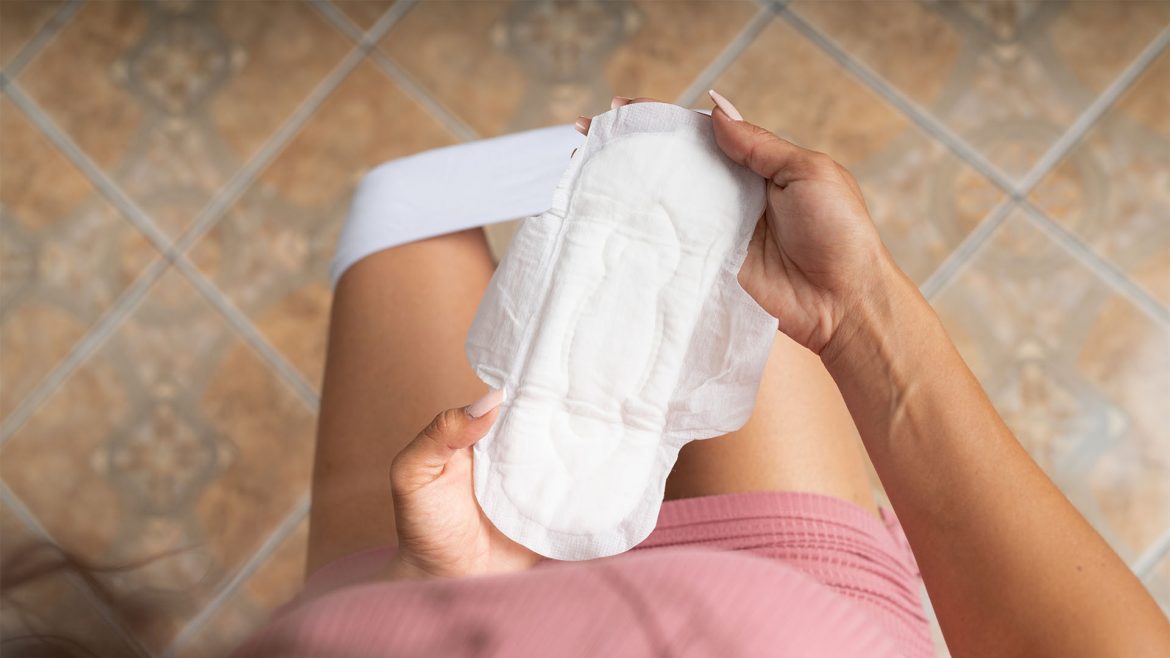
Pads are made of absorbent materials that are temporarily adhered to your underwear to absorb the bleeding.
Benefits of using pads
- As it absorbs blood externally, the learning curve to use these is smaller.
- With a multitude of options, you can make a choice tailored to your flow.
- They’re easy to use, especially for beginners.
Drawbacks of pads
- Ones that need to be discarded add to mounds of landfill. Reusable ones must be washed and kept hygienic.
- Since they must be bought several times, the cost can add up overtime.
- You cannot engage in activities like swimming.
Brands to try at Smytten:
Understanding tampons
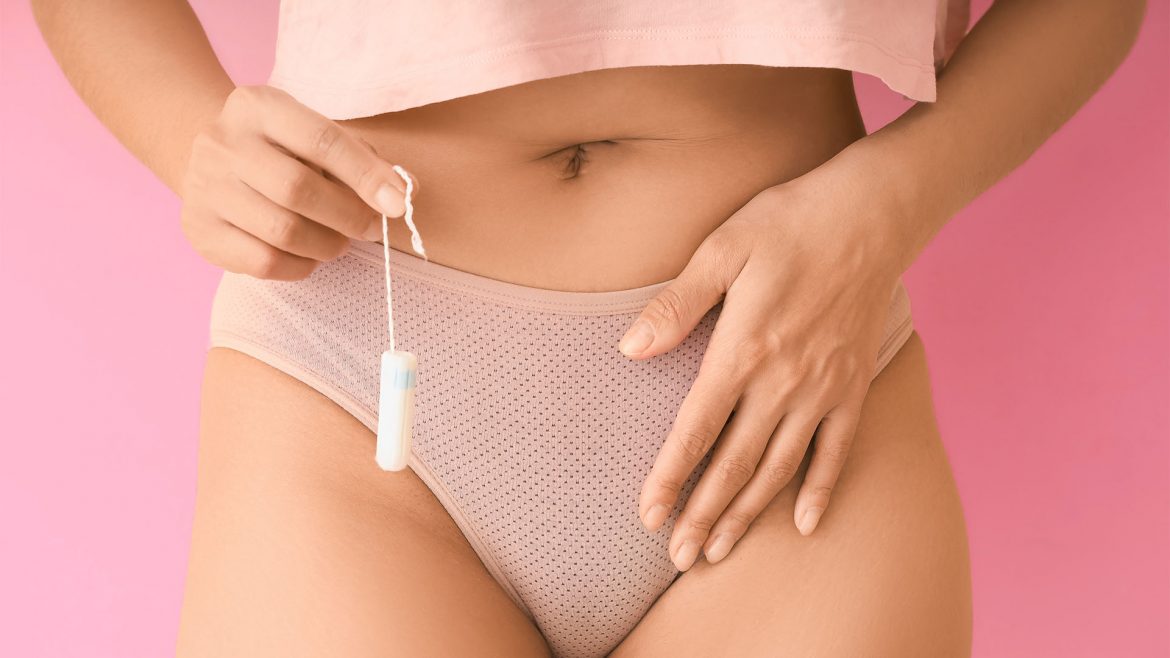
A tampon is made of cotton, rayons or a blend of the two that is inserted into the vagina to absorb blood.
Benefits of using a tampon
- It allows one to engage in activities like swimming as it absorbs blood internally.
- Using a tampon keeps the underwear dry and thus reduces the chance of getting rashes and itching.
- Multiple sizes can help you choose a product tailored to your flow.
- They are portable and discreet (with the exception of the little string).
Drawbacks of using a tampon
- The risk of Toxic Shock Syndrome—a life-threatening illness that is caused by infection from bacteria. The good news is that it’s rare. Just make sure you’re changing the tampon often.
- Same as pads: buying these every cycle can be costly overtime and these too will end up in landfills.
- As one needs to learn how to insert it, there is a bit of a learning curve.
Brands to try at Smytten:
Understanding menstrual cups
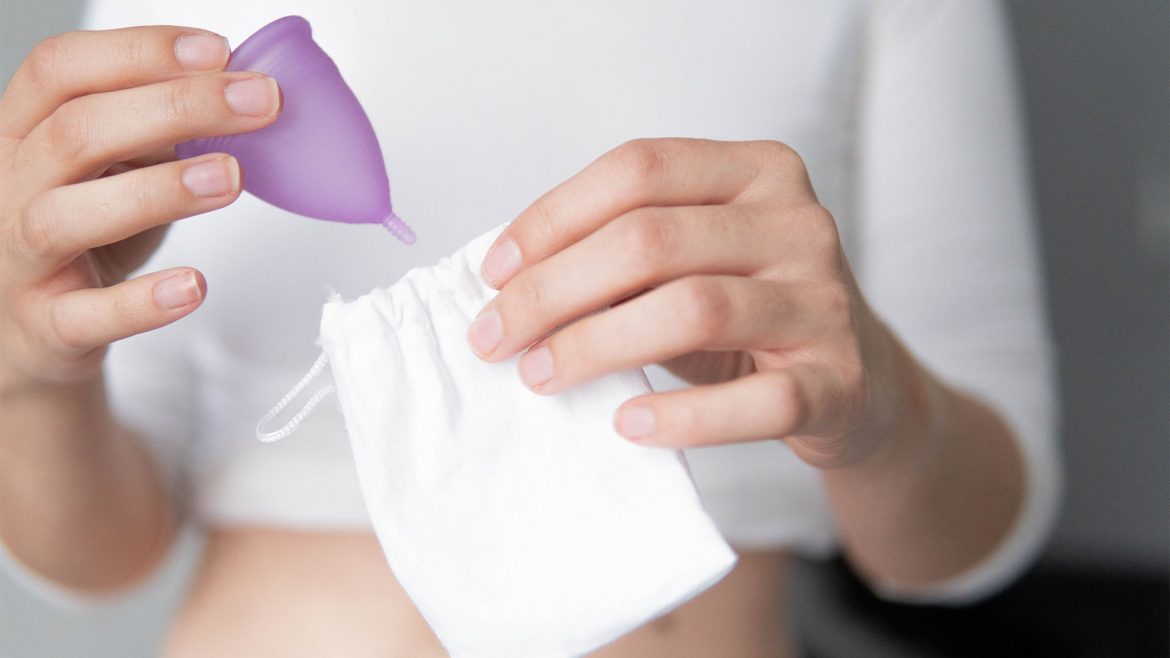
A menstrual cup is inserted into the vagina and uses suction to stay in place, collecting blood.
Benefits of using menstrual cups
- It’s a one-time purchase for at least 5 to 10 years or so, making it very cost-effective. This also means less wastage and reduced contribution to landfills.
- Want to go swimming? Easy-peesy, there is no leakage when worn correctly.
- It can be worn the longest—for up to 12 hours! But people with heavy flow might have to change it more often.
Drawbacks of using menstrual cups
- The learning curve for this product is much higher than its alternatives.
- You need provisions to sanitise the cup (you can do so by boiling in water or adding to a cup of boiled water) before and after every cycle.
- You need a space to empty the blood and wash the cup after every use.
Brands to try at Smytten:
Menstrual cup vs tampon vs pad: Answering your questions
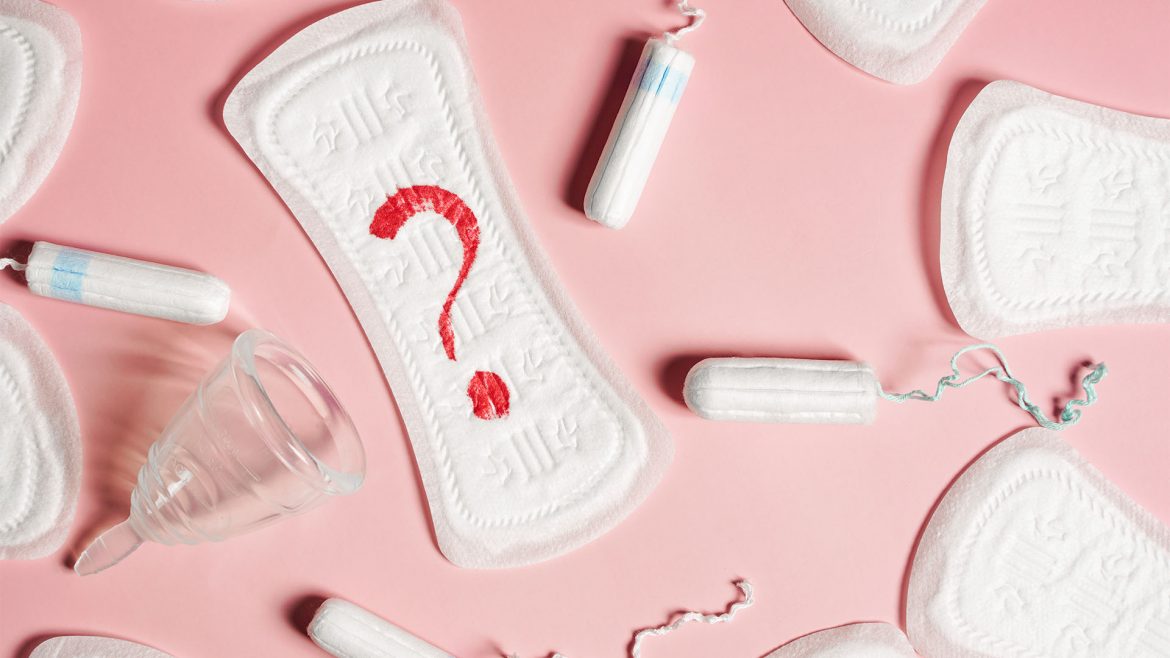
Which is the right choice for me?
- If you have gotten your period for the first time recently, pads will probably be an easier way to begin your journey. More experienced menstruators can go for a tampon or menstrual cup.
- If you’re debating tampons vs pads, consider the pros and cons. If you’re planning to swim or do sports, tampons and menstrual cups might be better if you have the provision to switch them on time.
- If you’re debating menstrual cup vs tampon, consider the pros and cons. Menstrual cups are cheaper, reduce waste and the risk of Toxic Shock Syndrome. If you can power through the learning curve, go for it!
- If the idea of inserting period products doesn’t freak you out, you can go for a tampon or menstrual cup.
Are tampons better than pads?
Tampons vs pads; which is better? It depends on your comfort level and activities planned. As we said earlier, planning on a swim or engaging in sports? Go for a tampon. If you’re getting ready to tuck yourself in for the night, a pad might be a better option.
Are menstrual cups safe?
Yes, menstrual cups are perfectly safe to use but you need to make sure you are following the right instructions. Sanitise it properly before and after your cycle. Wash between uses and if you notice uneasiness or pain of any sort, check with your gynaecologist immediately.
Is there a difference between pads and tampons?
Oh yes, big time! The experience and applications of pads and tampons are quite different. While both are used for period management, one is a beginner-friendly option for longer time needs while the other is a better bet for intensive, short-term activities.
Don’t get too overwhelmed. Try your hand at the various options and select your preferred method of period management. There is no wrong choice. Period.

